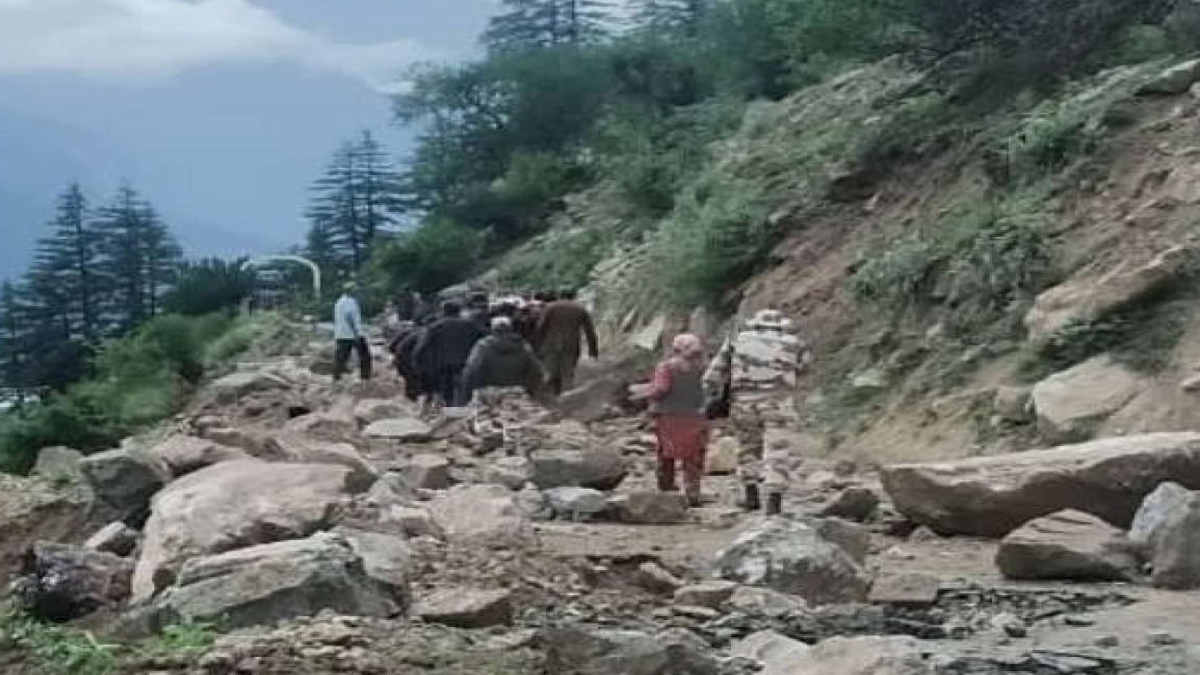
Like Sirmaur landslide on National Highway-707 on 30 July 2021, heavy monsoon triggered a massive rockslide in September 2017 near the National Highway (NH-5A) in the Dhalli area of Himachal Pradesh.
“As per the recent study on Mitigation and management of rainfall-induced rockslides along the national highways of the Himalayan region, India, blame it on rains, manmade drastic activities but the reality is that Himachal Pradesh is prone to Landslides,” says Arvinth R, Doctoral Fellow (CSIR – Direct SRF), Geo-informatics and Building Technology Research Centre, Department of Civil Engineering, Chitkara University, HP.
The average rainfall received by the area is about and beyond 999 mm, and landslides were occurring mostly during rainfall season. Like Sirmaur, Slate and Silt constitute the geographical landscapes of the Dhalli and Kinnaur area as well. These rocks range from weak to moderately strong with several joints sets proving to be an essential parameter for the rockslide. It is revealed in the study that the soil particles are poorly sorted and arranged as huge pore paces through which rainfall water percolates causing slope instability.
About 0.42 million sq. km or 12.6% of land area, excluding snow-covered area, is prone to landslide hazard, said Arvinth. Out of this, 0.18 million sq. km falls in North East Himalaya, including Darjeeling and Sikkim Himalaya; 0.14 million sq. km falls in North West Himalaya (Uttarakhand, Himachal Pradesh and Jammu & Kashmir); 0.09 million sq. km in the Western Ghats and Konkan hills (Tamil Nadu, Kerala, Karnataka, Goa and Maharashtra) and 0.01 million sq. km in Eastern Ghats of Aruku area in Andhra Pradesh, he added.
Senior Scientist, Sindhiya Shekhar, of Geological Survey of India says, “After Rains, it is manmade activities on National Highways that causes landslides, like while building a road, if the mountain is not pursued with appropriate research work, then there would be consistent fear of landslides. People are building houses over mountains drastically which also contributes to landslides”.















